The 2025 recertification pin, earned by previously certified VMN volunteers who complete at least 40 hours of approved volunteer service and 8 hours of approved continuing education during 2024, will be an image a native moth species. We chose this group of organisms because moths are under appreciated, yet they are beautiful and very important parts of the food web! Which moth it will be and the artwork for the pin will be determined through an artwork contest. VMN volunteers are invited to submit their own artwork according to the guidelines below. The winning artwork will be selected by a team of judges that will include the VMN program staff and experts from our sponsoring agencies. All submissions will be recognized in our fall edition of The Pollinator newsletter.
Contest Guidelines
To Submit Your Artwork for the Contest
If you want to submit your artwork for the contest, please complete the online contest survey no later than 5:00 pm on August 19. You will be asked to provide your name, email, VMN chapter, and your permission to use the artwork. Have your digital artwork file ready; you will need to upload it within the survey.
Contest Guidelines
- The artwork must be original artwork created and submitted by a currently enrolled VMN volunteer.
- Please limit submissions to one per volunteer.
- The volunteer may choose which moth species to illustrate, but it must be a moth species native to Virginia. It may show either the adult or larval stage of the moth.
- The artwork may be a drawing, painting, or photograph, but it must be submitted as a digital file, such as a PDF, JPG, PNG, or GIF file.
- The naming convention of your digital file should be "YourLastNameYourFirstName_mothname" (for example, MouseMinnie_lunamoth.gif)
- We tend to prefer artwork that allows us to create a pin in the shape of the organism, rather than having to be an oval or rectangular pin. Keep this preference in mind when creating your artwork, and imagine a pin cut in the shape of the image. Pins cannot easily have very finely detailed edges, so it is helpful if the image outline is a smoother line. See the frog artwork on our recertification pin artwork history page as an example of animal artwork that was easily converted to a pin.
To Submit Your Artwork for the Contest
If you want to submit your artwork for the contest, please complete the online contest survey no later than 5:00 pm on August 19. You will be asked to provide your name, email, VMN chapter, and your permission to use the artwork. Have your digital artwork file ready; you will need to upload it within the survey.

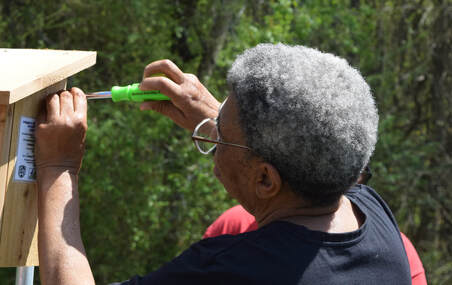
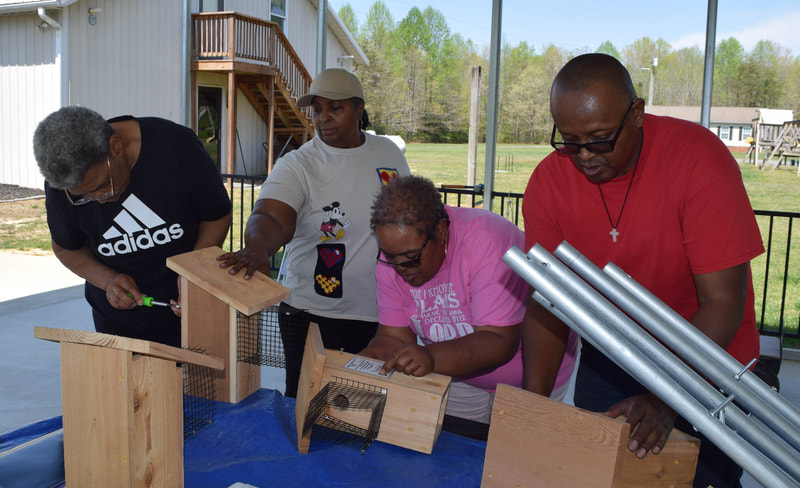
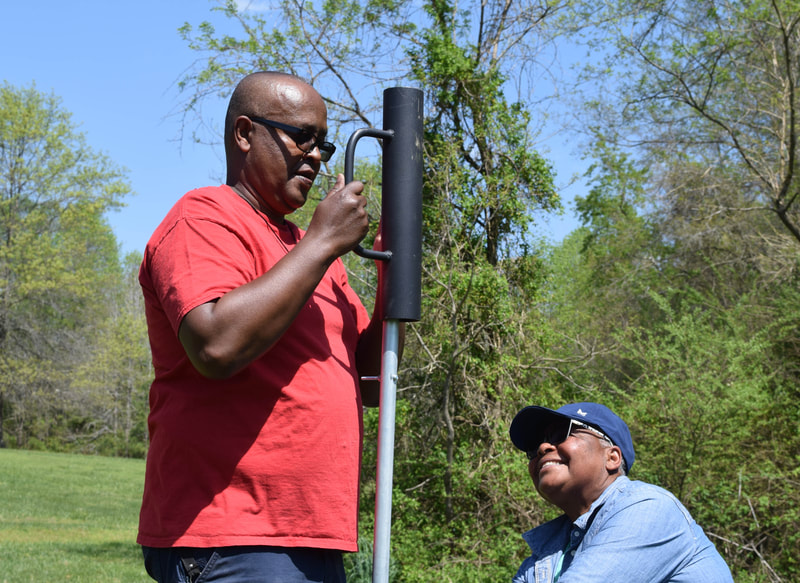

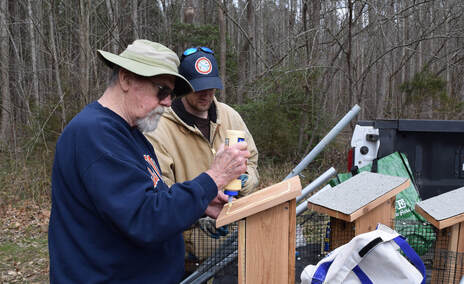

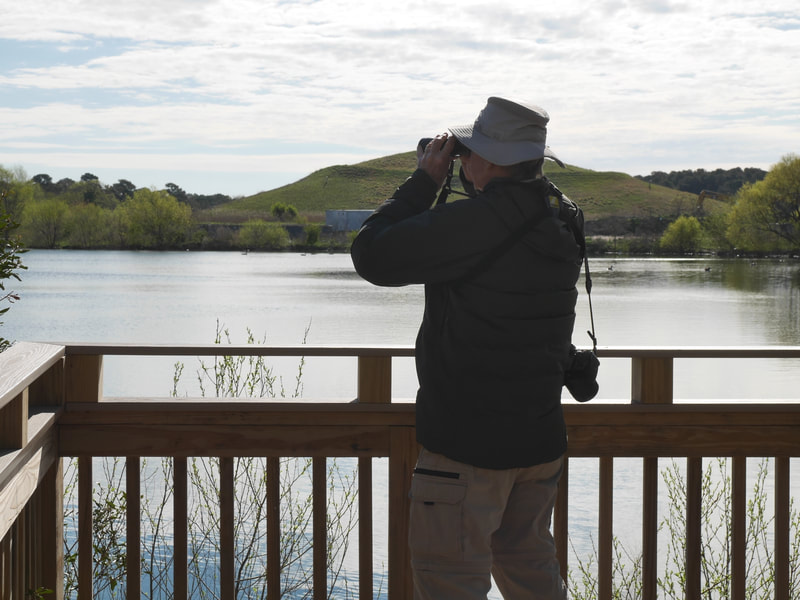
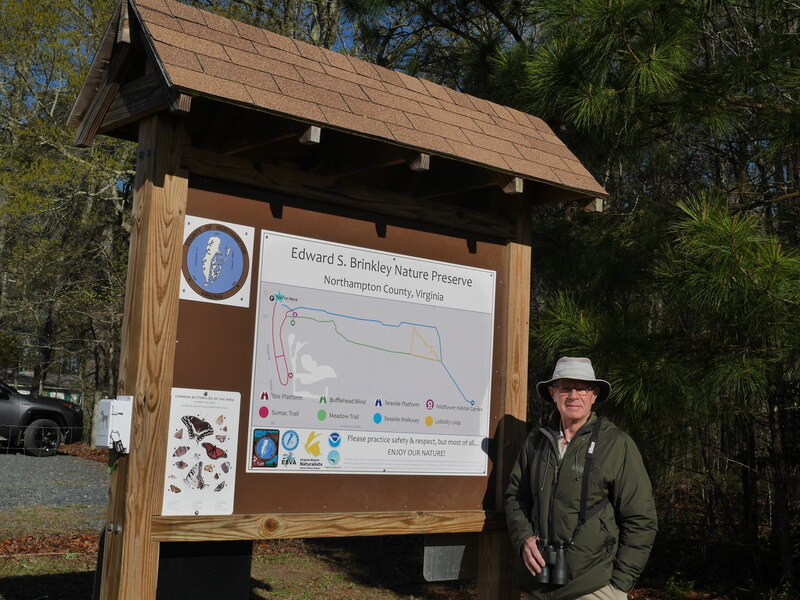
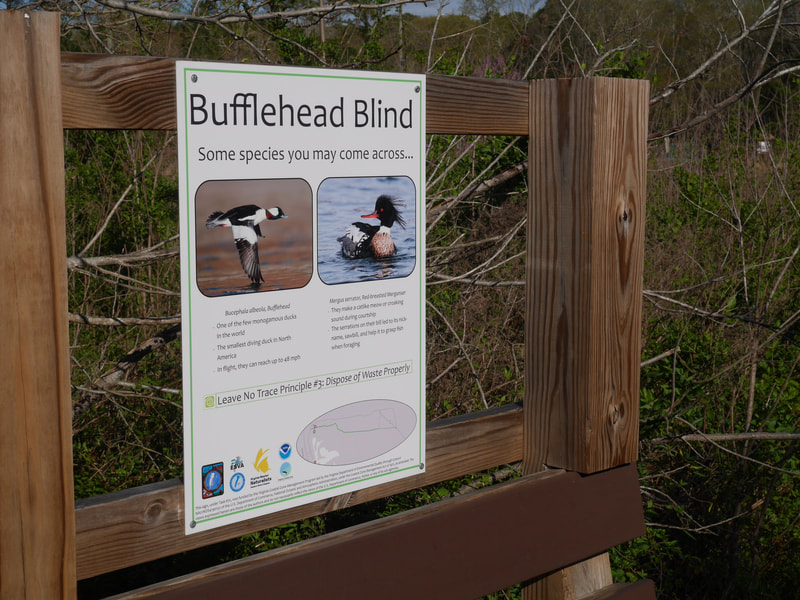
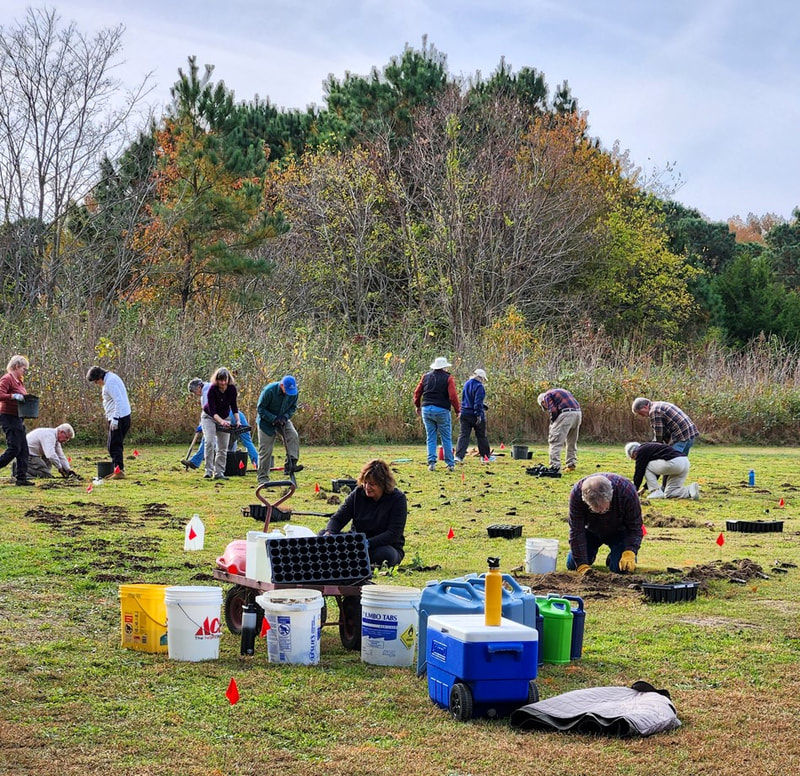
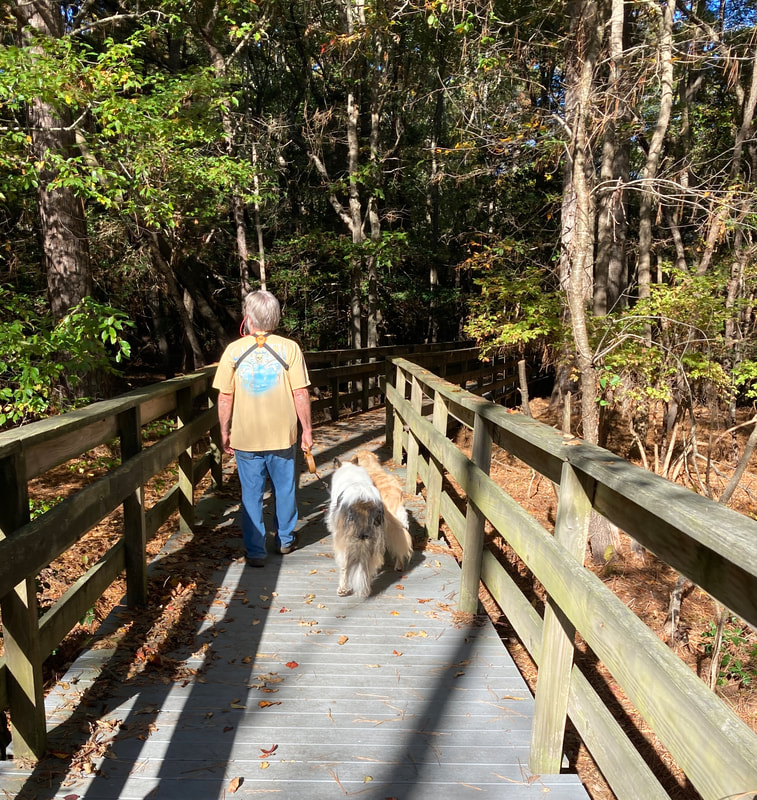
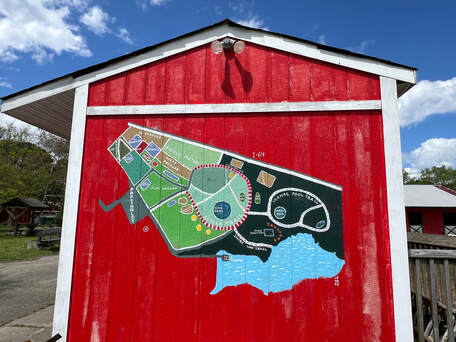
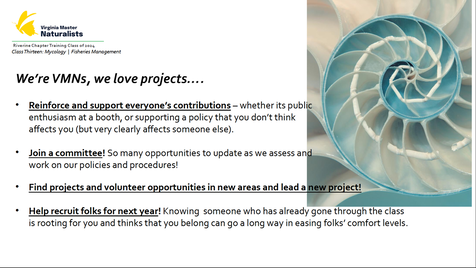
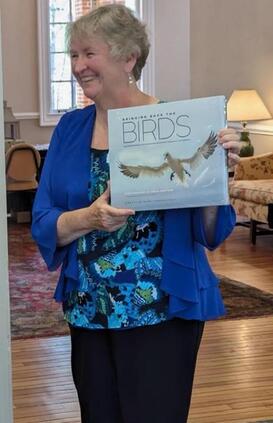
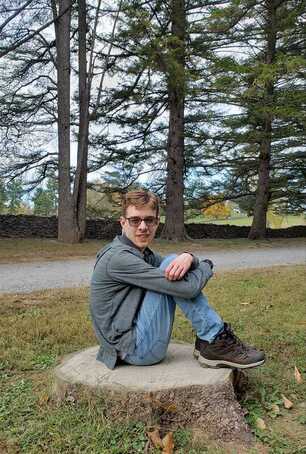
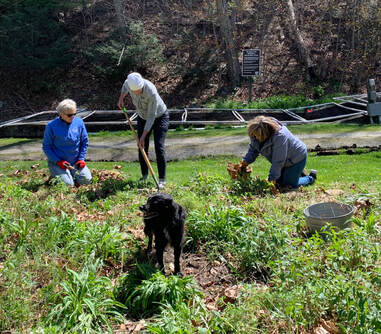
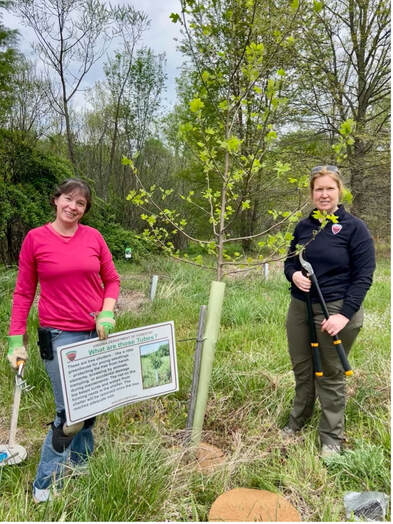
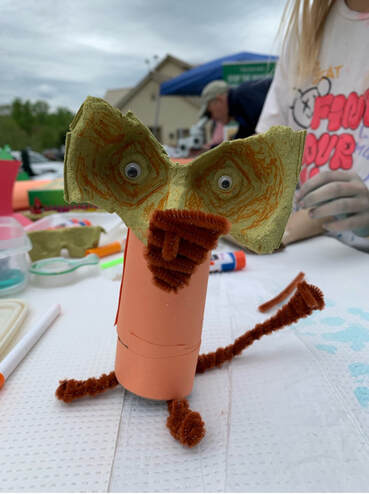
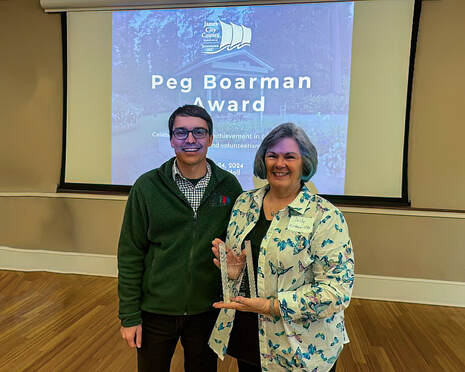
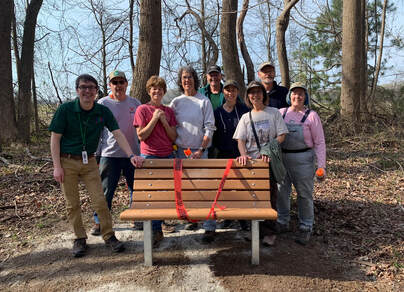
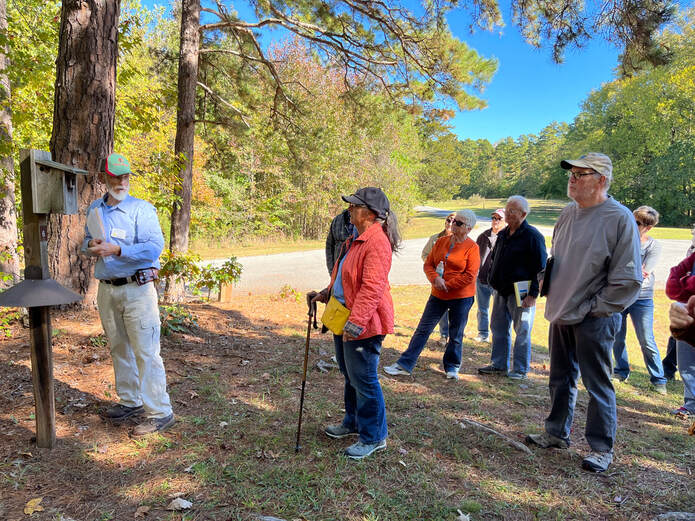
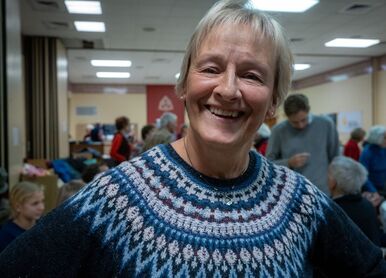
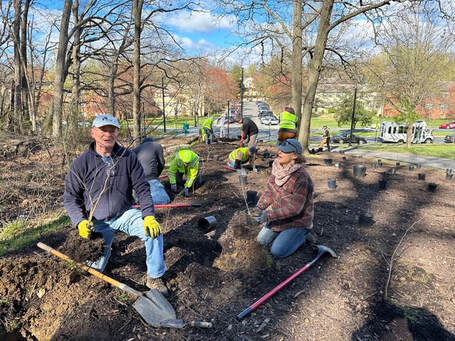
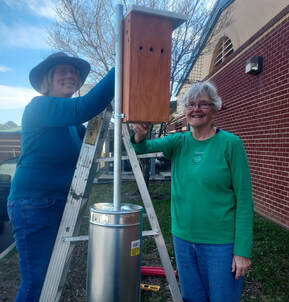
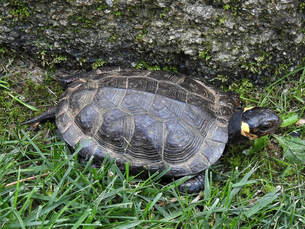
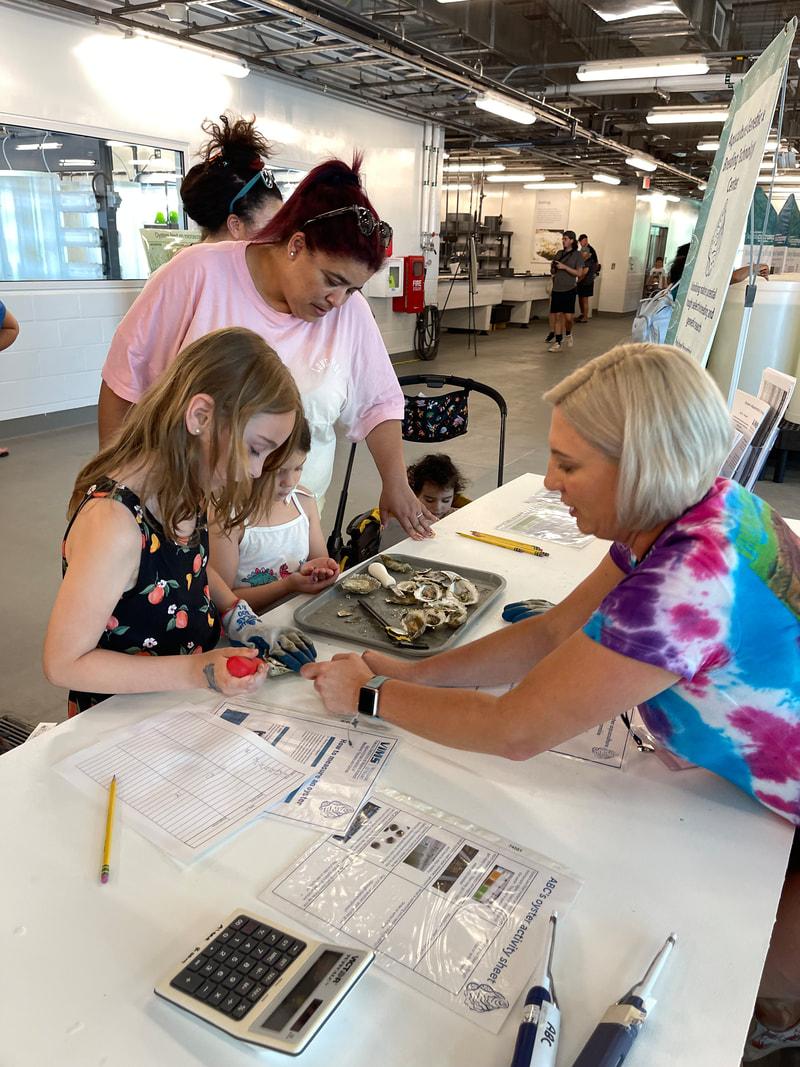
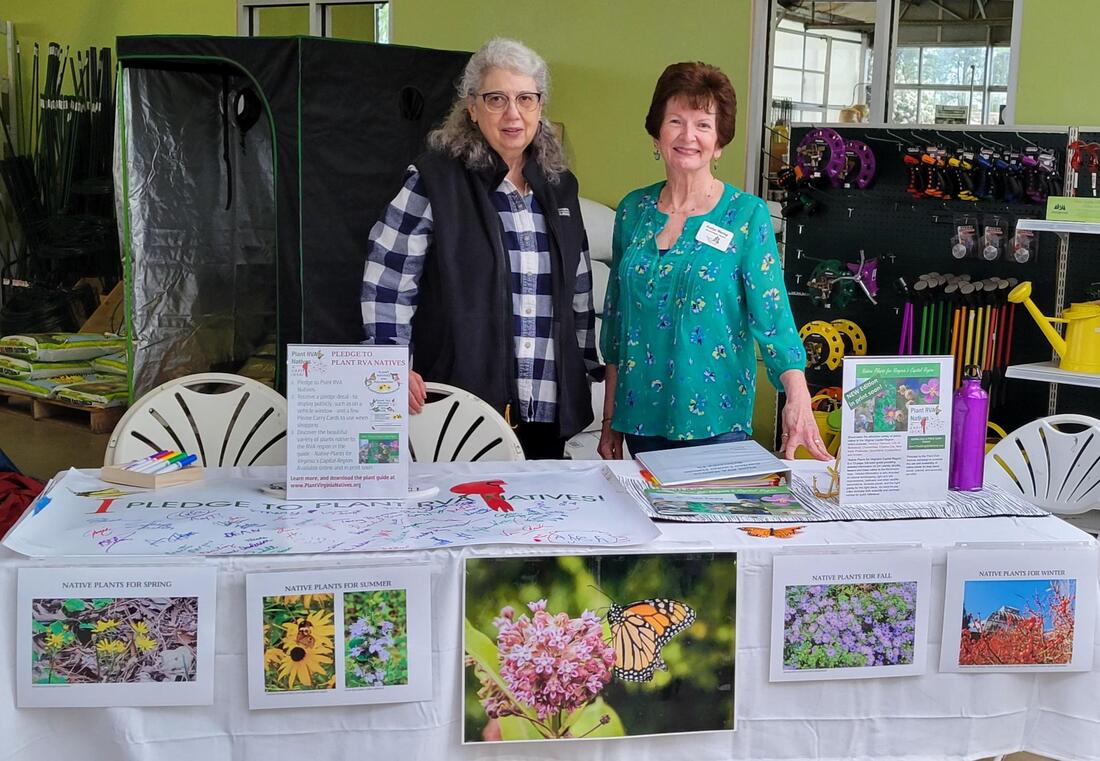
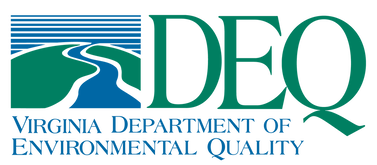
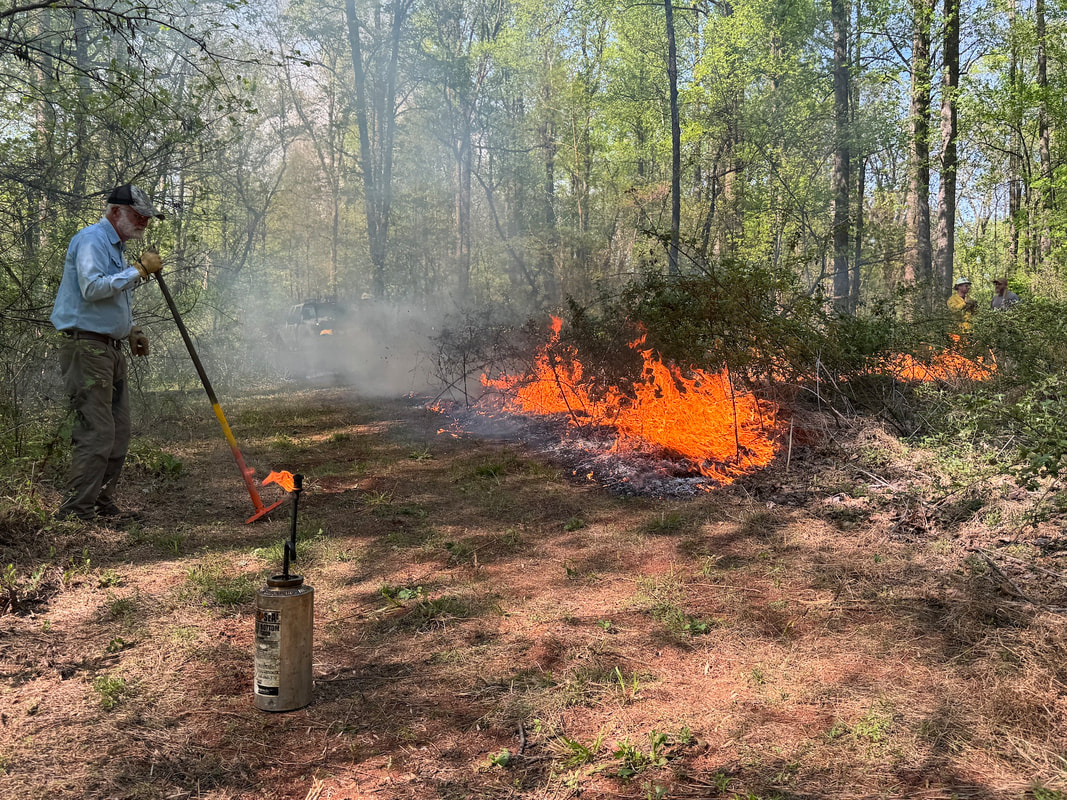
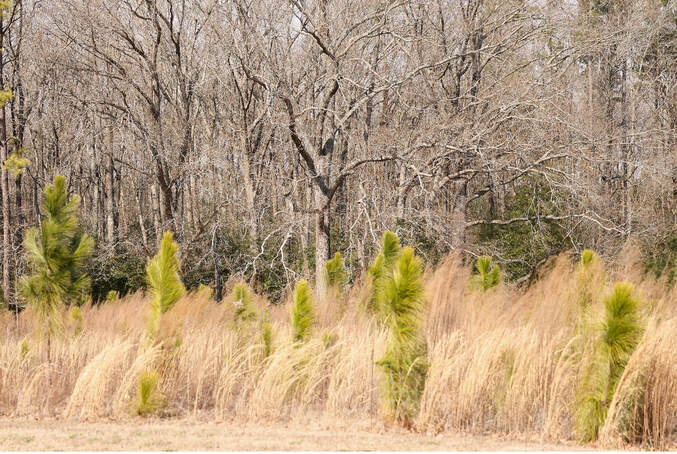
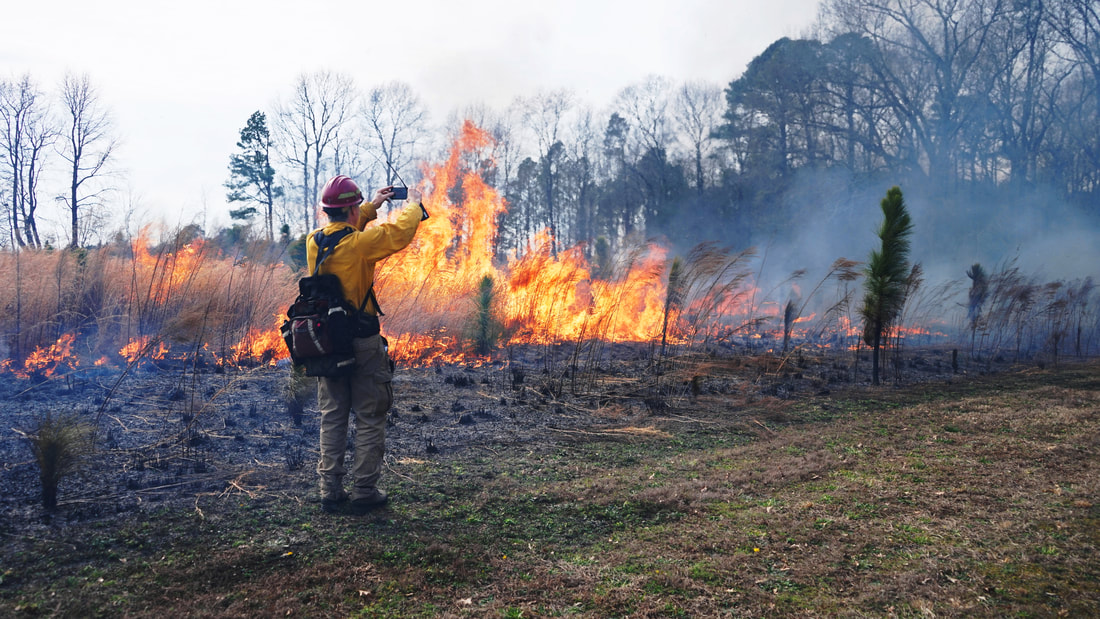
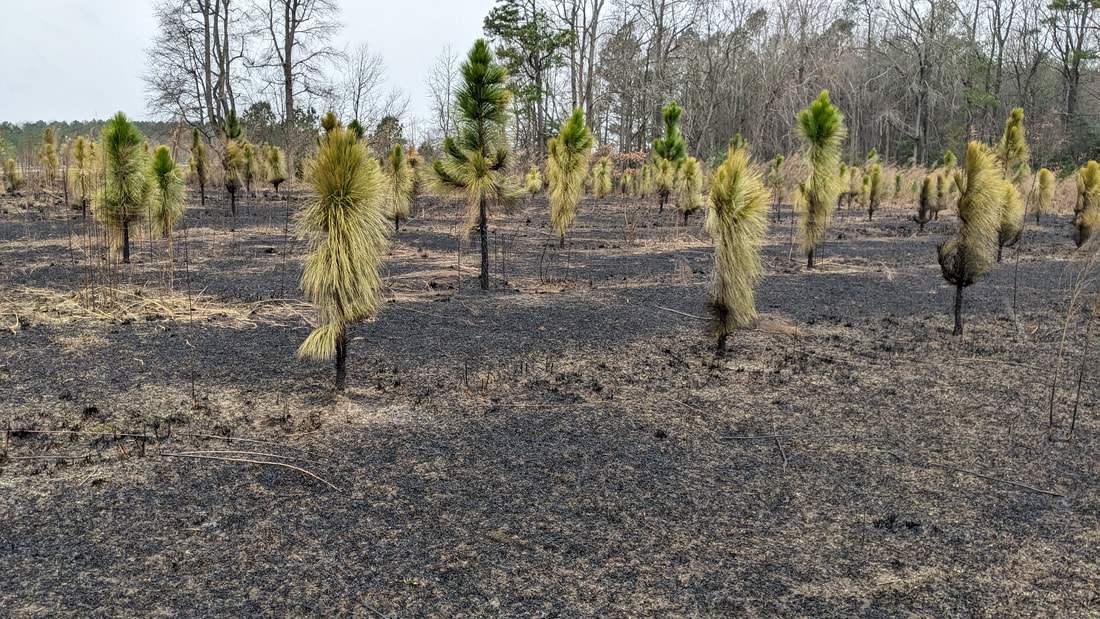
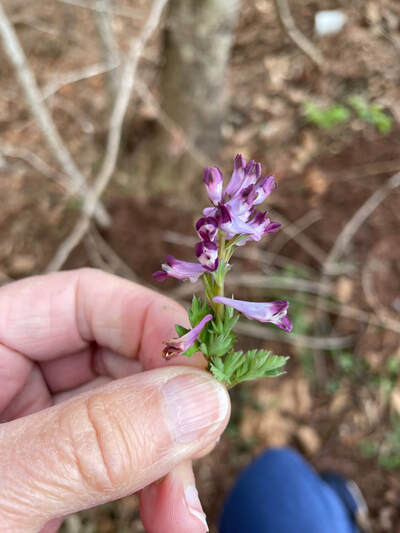
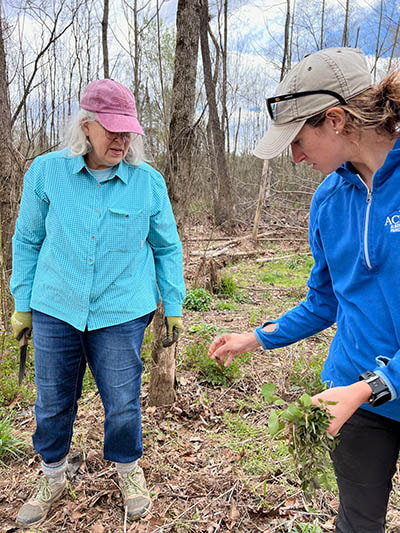
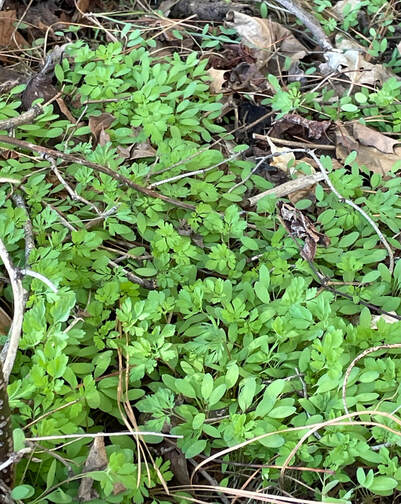
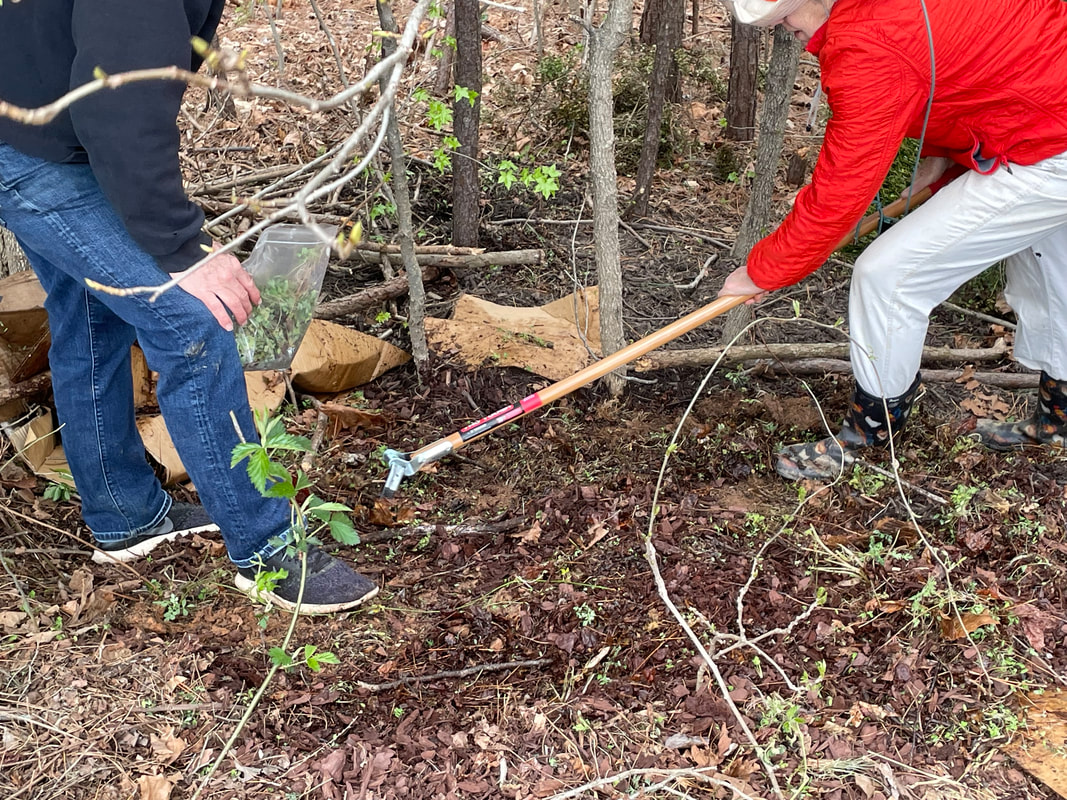
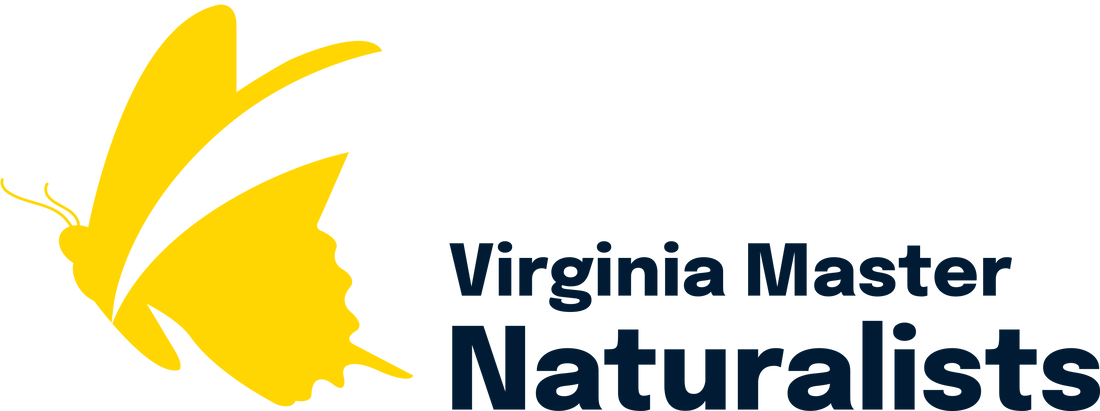
 RSS Feed
RSS Feed